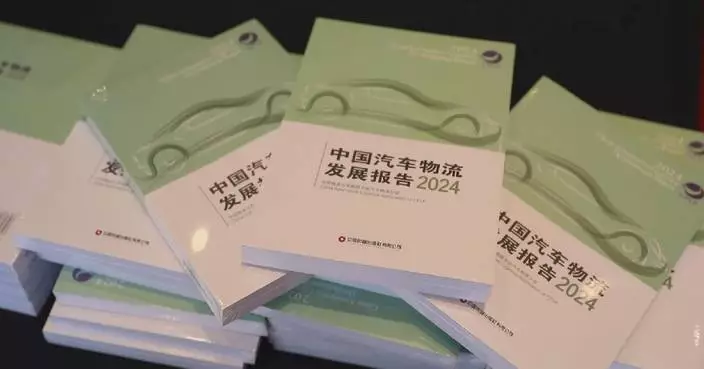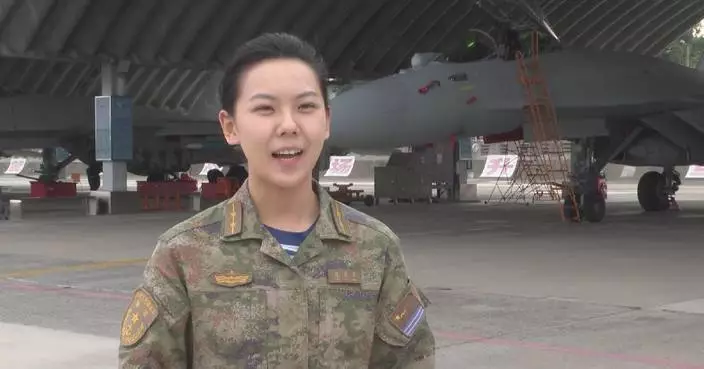Japanese drugmaker Kobayashi Pharmaceutical said on Friday that its loss related to its dietary supplements containing red yeast rice, or beni-koji, has raised to 10.1 billion yen (about 66 million U.S. dollars).
The pharmaceutical company declared that, due to the adverse effects of the beni-koji supplements on consumers' health, as well as factors like product recalls and compensation, they have registered a new loss of 2.2 billion yen (about 14.41 million U.S. dollars).
On the same day, Kobayashi Pharmaceutical's financial report for the first three quarters of the 2024 fiscal year showed a 65.5 percent year-on-year decrease in net profit to 5.3 billion yen (about 34.71 million U.S. dollars) and a 3.9-percent-decrease in sales to 114.4 billion yen (about 750 million U.S. dollars). At the end of March this year, Kobayashi Pharmaceutical announced that its health products containing red yeast rice may pose risks to consumers' health.
An investigation by Japan's Ministry of Health, Labour and Welfare confirmed that lovastatin found in the red yeast rice ingredient of the company's health products is the cause of renal dysfunction in consumers.
According to the latest data released by the ministry, as of the Nov 3, 397 consumers who used these health products have died.
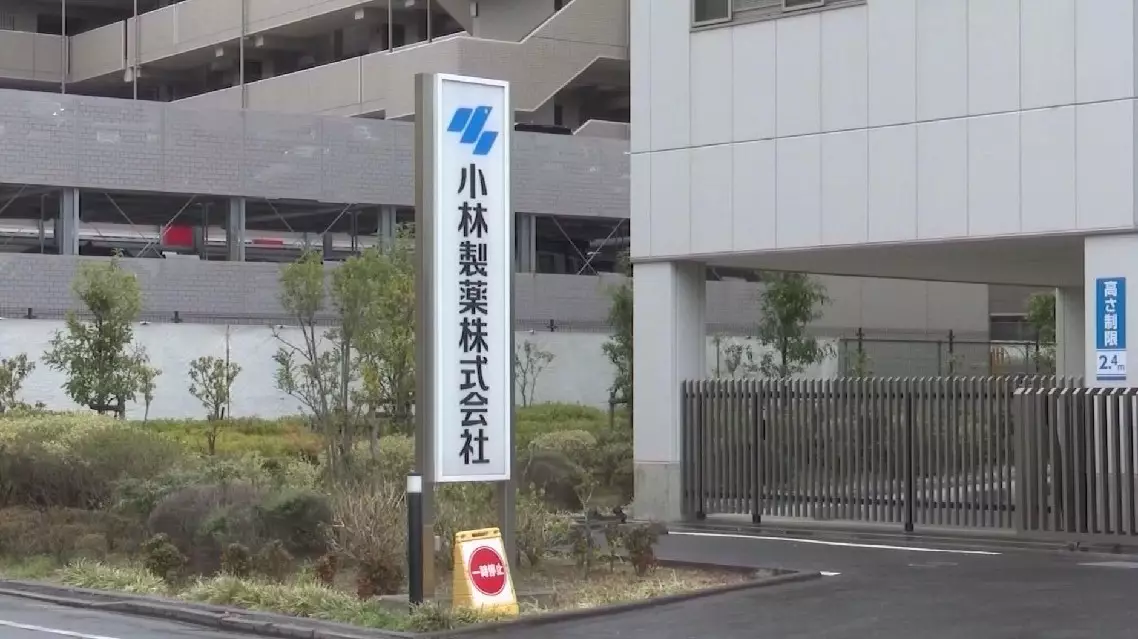
Japan's Kobayashi Pharma reports 10.1 billion yen loss related to beni-koji scandal
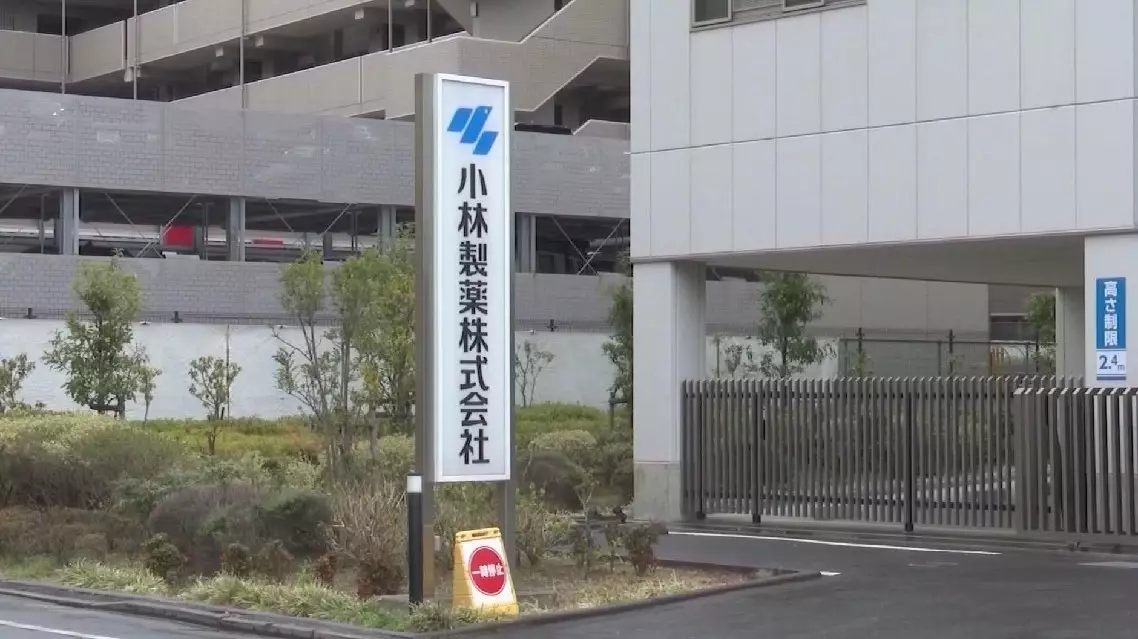
Japan's Kobayashi Pharma reports 10.1 billion yen loss related to beni-koji scandal
China's domestically developed anti-submarine Wing Loong-X UAV (unmanned aerial vehicle) made its debut on Tuesday at the ongoing 15th China International Aviation and Aerospace Exhibition in Zhuhai, Guangdong Province.
The Wing Loong-X is currently the largest and heaviest armed reconnaissance and strike UAV in China, with a range of capabilities including long endurance and multiple payload options. It can fly for up to 40 hours and reach altitudes of 10,000 meters.
The UAV also has a quick response feature, allowing it to rapidly switch configurations and payloads based on mission needs.
"Under its wings, you can see two sets of sonar buoys and air-to-air missiles, with a torpedo hanging beneath. The customer demands it leads the world by five years, with strong detection and countering capabilities for air, land, sea, and underwater targets," said Tang Yong, UAV chief designer at Aviation Industry Corporation of China (AVIC).
In addition to the Wing Loong-X, China's air force debuted two other new reconnaissance and strike UAVs, which are designed for tactical reconnaissance, surveillance, and strike missions, with capabilities to carry electro-optical sensors, synthetic aperture radar, and communication reconnaissance equipment, enabling them to target fixed and moving objects on land and at sea.
The 15th China International Aviation and Aerospace Exhibition, also known as Airshow China, is scheduled to run from Tuesday to Sunday.
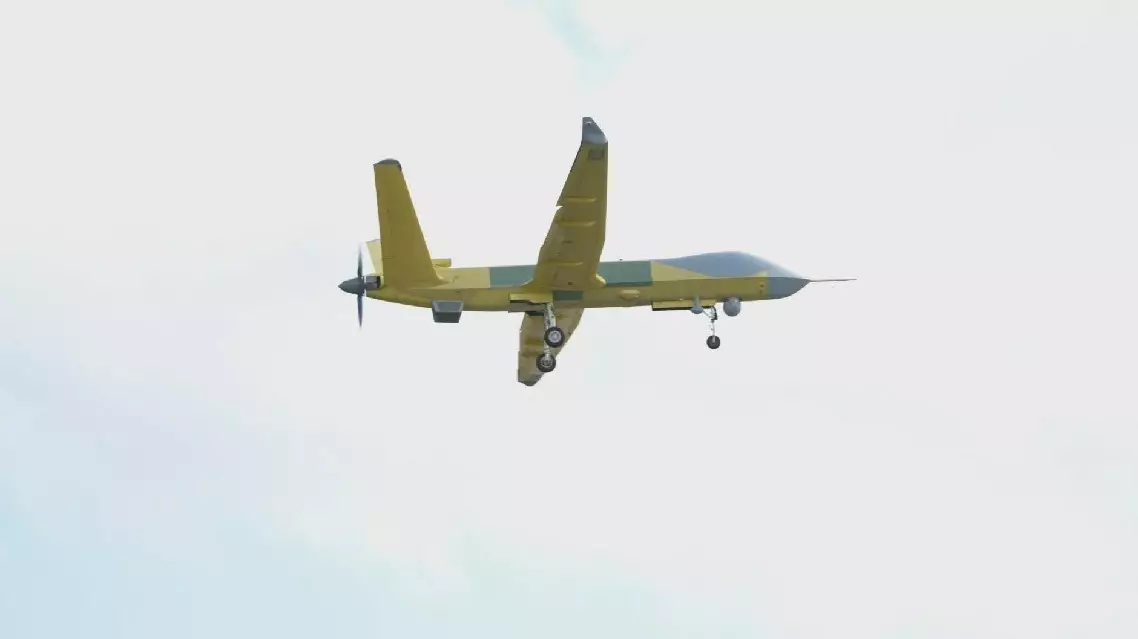
China's self-developed Wing Loong-X UAV debuts at Zhuhai Airshow





